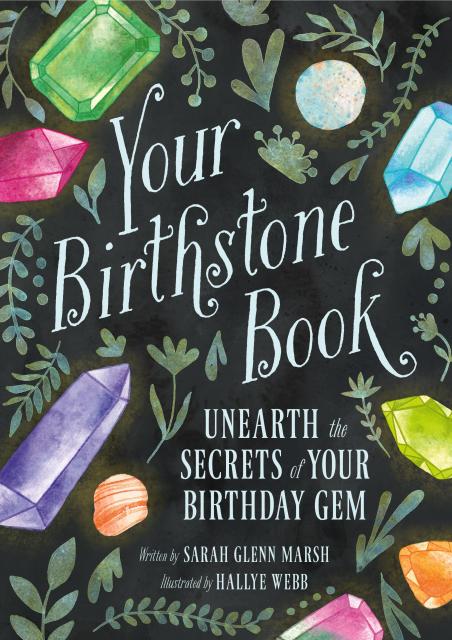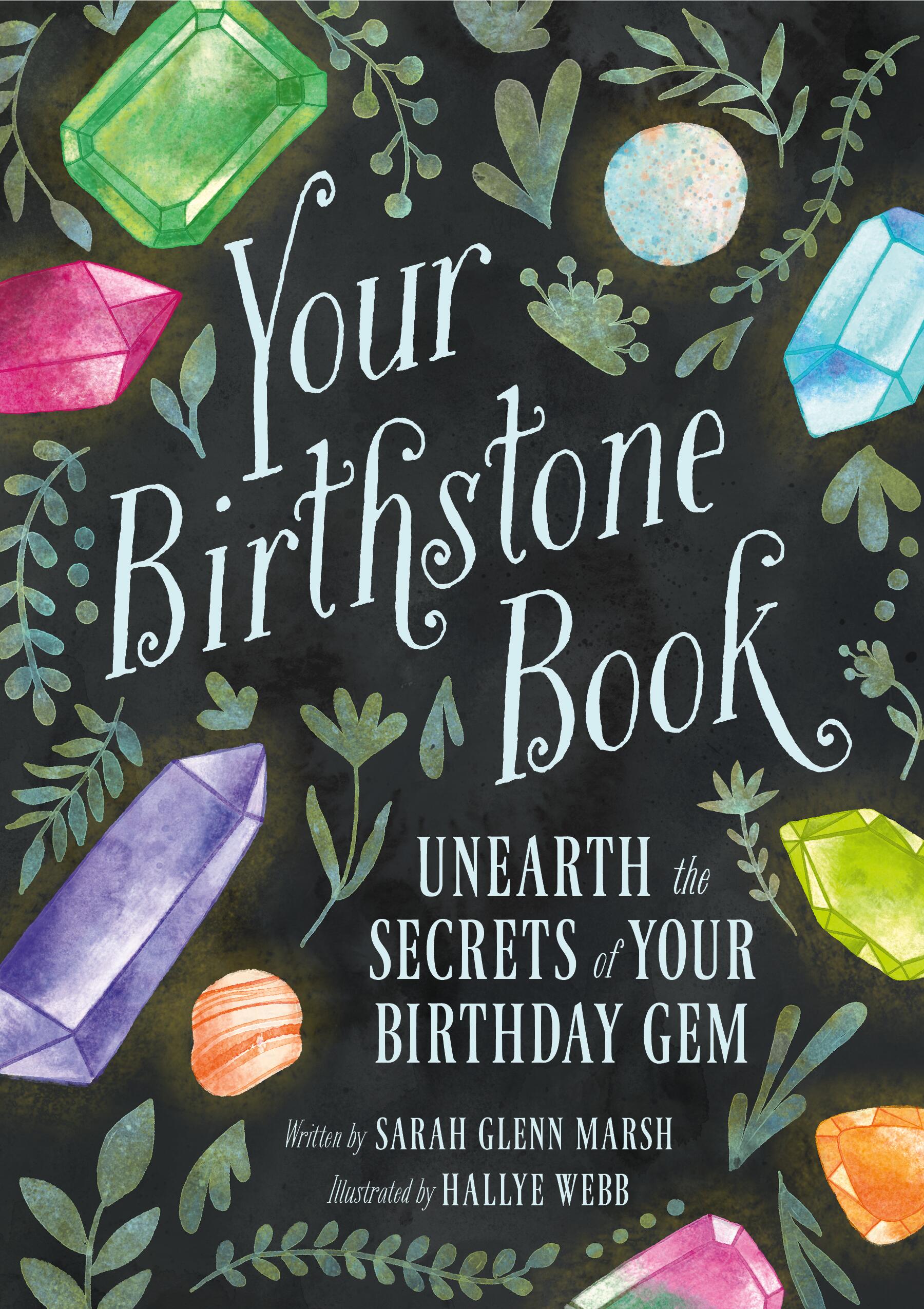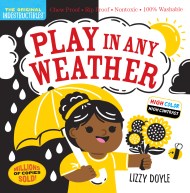Promotion
Use code MOM24 for 20% off site wide + free shipping over $45
Your Birthstone Book
Unearth the Secrets of Your Birthday Gem
Contributors
Illustrated by Hallye Webb
Formats and Prices
Price
$14.99Price
$19.99 CADFormat
Format:
- Hardcover $14.99 $19.99 CAD
- ebook $9.99 $12.99 CAD
This item is a preorder. Your payment method will be charged immediately, and the product is expected to ship on or around December 6, 2022. This date is subject to change due to shipping delays beyond our control.
Also available from:
Gemstones are among Earth’s rarest and most beautiful creations. They are history’s preeminent symbols of wealth and power. They are valued because they are beautiful and rare, but also because their beauty is undiminished with time. The stone that once adorned a king or maharaja, might today be set in a ring or necklace, and if not destroyed, will continue to sparkle thousands of years from now. This history only increases the value of these stones.
What better way to teach young readers about gemstones than by focusing on the different birthstones that correspond to each month of the year? Everyone (mostly) knows their birthstone. But do they know the full history of these stones–where they were mined, how/why they were popular, or how to best harness a stone's energy to help deal with matters of friendship, family, and life? Your Birthstone Book will give readers insight into the powers assigned different bithstones while exploring their fascinating uses over the course of history.
Genre:
- On Sale
- Dec 6, 2022
- Page Count
- 128 pages
- Publisher
- Running Press Kids
- ISBN-13
- 9780762479290
Newsletter Signup
By clicking ‘Sign Up,’ I acknowledge that I have read and agree to Hachette Book Group’s Privacy Policy and Terms of Use








